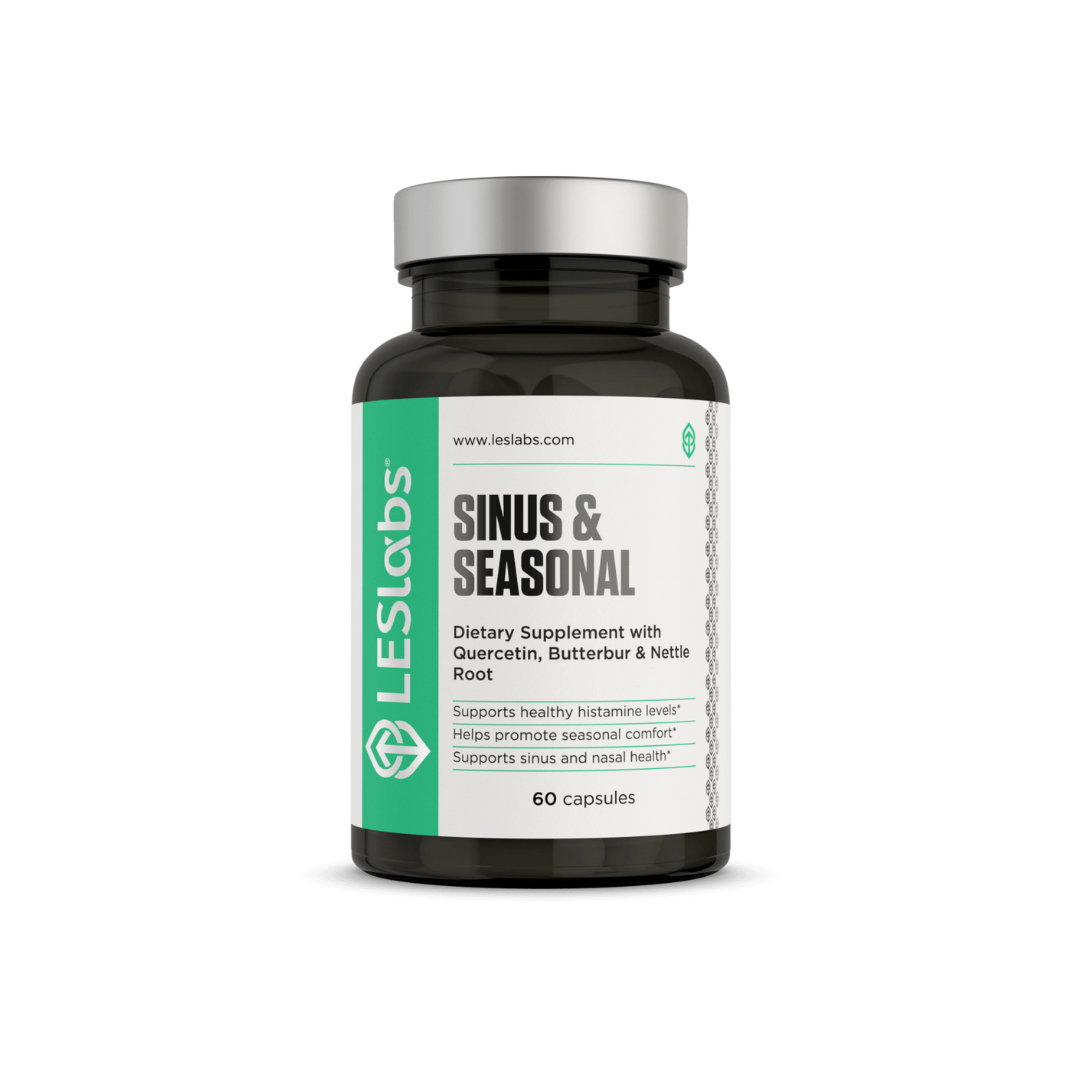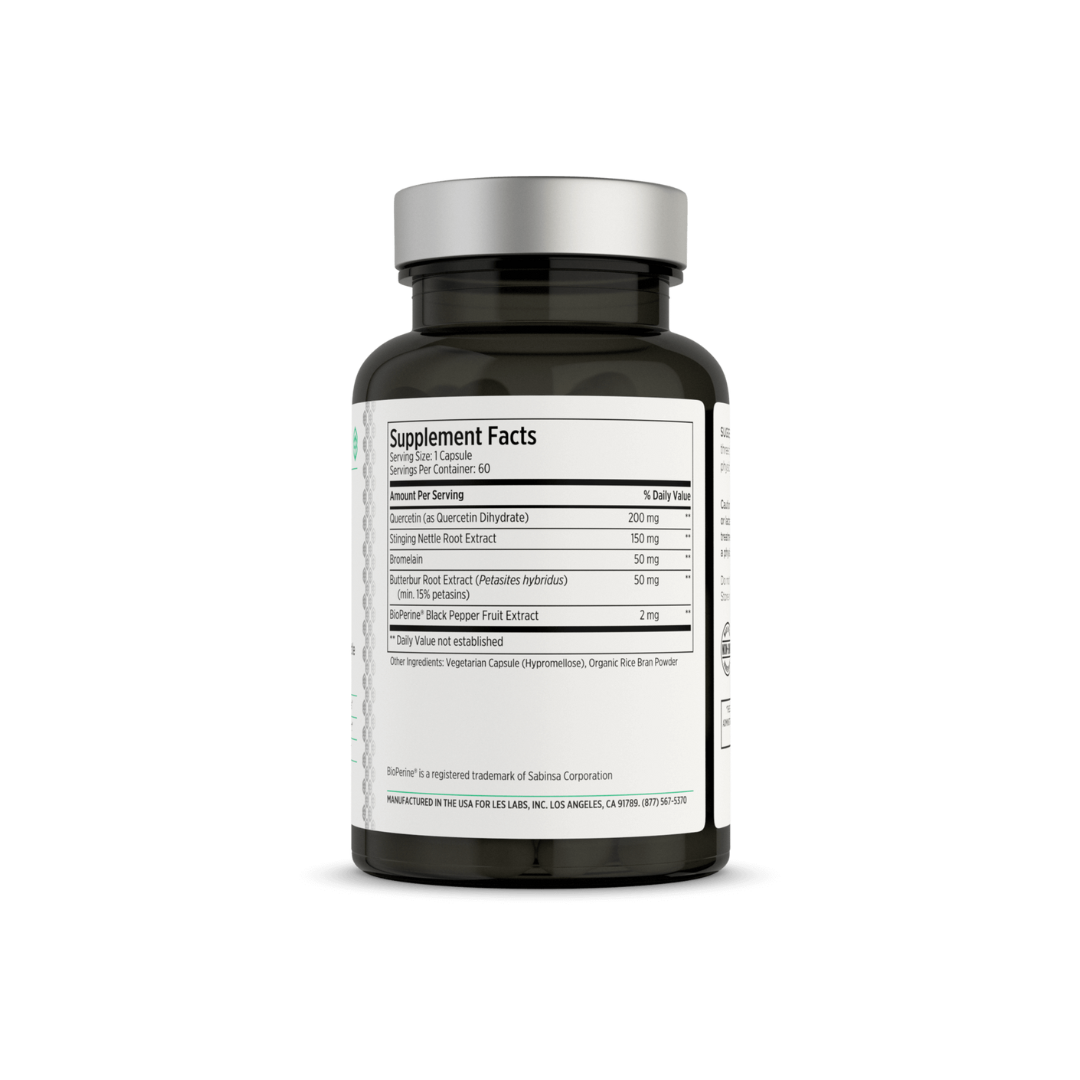Seasonal Sinus Solutions: Managing Allergies and Environmental Triggers

As the seasons change, many individuals find themselves grappling with sinus issues caused by allergies and environmental triggers. From pollen and dust to mold and pet dander, these allergens can wreak havoc on the respiratory system, leading to symptoms such as congestion, sneezing, and sinus pressure. In this blog post, we'll explore the science behind seasonal sinus issues and provide practical tips for managing allergies and environmental triggers to promote sinus health and well-being.
Understanding Seasonal Sinus Issues:
Seasonal sinus issues, also known as allergic rhinitis or hay fever, occur when the body's immune system overreacts to airborne allergens. When allergens such as pollen or mold are inhaled, the immune system releases chemicals such as histamine, triggering inflammation and causing symptoms such as sneezing, itching, and nasal congestion. For individuals with sensitivities to specific allergens, seasonal changes can exacerbate sinus symptoms and make daily life uncomfortable.
Identifying Common Allergens and Environmental Triggers:
Pollen: Pollen from trees, grasses, and weeds is a common trigger for seasonal allergies, particularly during the spring and fall months.
Dust Mites: Dust mites are tiny organisms that thrive in warm, humid environments and can be found in bedding, upholstered furniture, and carpets.
Mold: Mold spores can be found both indoors and outdoors, thriving in damp environments such as bathrooms, basements, and outdoor vegetation.
Pet Dander: Proteins found in the skin, saliva, and urine of pets can trigger allergic reactions in sensitive individuals.
Airborne Irritants: Air pollution, cigarette smoke, and strong odors can irritate the nasal passages and exacerbate sinus symptoms.
Tips for Managing Seasonal Sinus Issues:
Monitor Pollen Counts: Stay informed about local pollen counts and adjust outdoor activities accordingly, particularly on days when pollen levels are high.
Keep Indoor Air Clean: Use high-efficiency particulate air (HEPA) filters in air purifiers and vacuum cleaners to remove airborne allergens such as pollen, dust mites, and pet dander.
Control Humidity Levels: Use a dehumidifier to maintain indoor humidity levels below 50%, reducing the growth of mold and dust mites.
Practice Allergy-Proofing Techniques: Encase mattresses, pillows, and box springs in allergen-proof covers, wash bedding regularly in hot water, and remove carpets and drapes from bedrooms to minimize dust mite exposure.
Use Nasal Irrigation: Rinse the nasal passages with saline solution using a neti pot or nasal irrigation device to flush out allergens and reduce nasal congestion.
Consider Taking a Dietary Supplement: Sinus & Seasonal is a dietary supplement taken daily to help support sinus & nasal health and promote seasonal comfort. These vegetarian capsules contain herbal extracts shown to support healthy sinuses and histamine levels.
Consult an Allergist: If sinus symptoms persist despite home remedies and over-the-counter medications, consider consulting an allergist for comprehensive allergy testing and personalized treatment recommendations.
Seasonal sinus issues can significantly impact quality of life, making it challenging to enjoy outdoor activities and daily routines. By understanding common allergens and environmental triggers and implementing proactive measures to manage sinus symptoms, individuals can take control of their sinus health and enjoy the changing seasons with greater comfort and ease.
Here's to a season of sinus solutions and breathing easy amidst nature's beauty and seasonal transitions!
- Tags: sinus and seasonal






